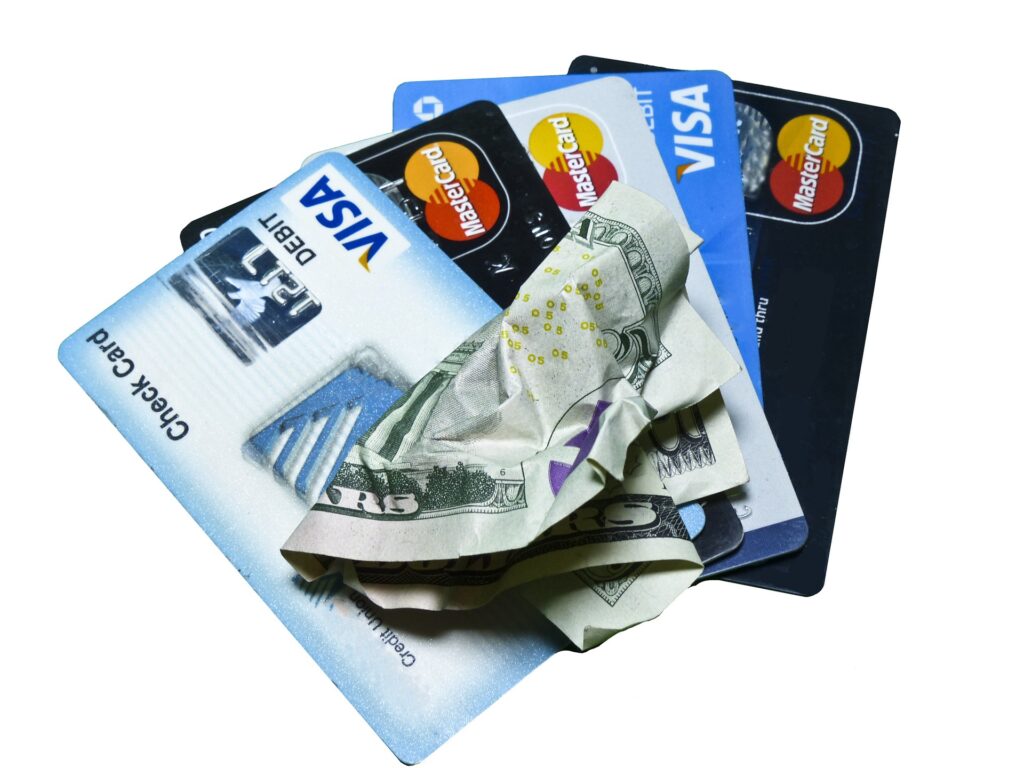Top 7 bank fees explained and how to avoid them
Love them or hate them banks are an integral part of our lives. However, understanding the top 7 bank fees and how to avoid them will go a long way in helping you buy a home and build wealth.
Checking account fees
Checking account fees and it´s partner in crime overdraft fees makeup the highest % of fees banks collect. However, you can avoid them.
Checking account disclosures are the ground level to understanding your fees and how to avoid them. Most checking accounts come with a monthly maintenance fee. Those fees range from $4.95 per month and can go as high as $30 per month. How to avoid those fees? Direct deposit and maintaining a combined dollar amount would waive the fee. Some banks allow fees to be waived when you connect a credit product to your account. Think mortgage or auto loan.
Have a clear understanding of the 30 day rule. Average balance means if that balance goes below the minimum even for one day you are on pace for a fee. If your average daily balance must be above $2500. All 30 days must maintain a $2500 or more balance. The further away from that average the better.
Overdraft fees
One of the largest line items on a banks income statement is overdraft fees. Furthermore, overdraft fees are responsible for destroying the financial lives of many clients. And have been considered predatory in nature.
Why are overdraft fees so horrible? Think of the following scenario;
You get paid on Friday each week. On Monday you have $50 in your account. By the end of the week you will have 3 automatic payments coming out of your account. The total payments total $75. The first payment was for gym a membership at $55. The second payment was for $15 for Netflix and a third and final payment of $5 for a news subscription. In this case how many fees will you have to pay? And what will your account look like?
Before you are paid on Friday your account is now negative $130. 3 transactions which total $75 create a series of fees which leave your account very negative. If your account does not come positive in a timely matter the fees will continue. The bank will continue to pile on until many clients decide it´s better to join the ranks of the under-banked. Losing out on the benefits and opportunities to financially improve their lives and build wealth.
How to avoid the overdraft fees? Create a budget. Know your income and expenses. A solid budget solves a lot of overdraft problems. Stay within your budget and always know how much you have in your account. Get ahead of any automatic payments by deferring or canceling them.
Connecting a savings account will also help avoid the overdraft fees but will not help you avoid the overdraft transfer fee which could be a couple dollars. Pay attention to all of these fees. Some credit cards screw you out of the rewards if the credit card transaction goes towards avoiding an overdraft checking fee.
Savings account fees
Two fees to look at for with savings account fees are minimum balance or maintenance fee or excessive activity fee. First the maintenance balance fee, this minimum requirement varies from bank to bank but on average expect to pay approximately $8 per month if your balance goes below the limit set by that bank.
The other fee to avoid is the transaction fees associated with savings accounts. This rule is a government regulation but the banks have used it to generate fees. Savings accounts are designed for saving. With that in mind we are only allowed 6 transactions per federal bank regulations. Once we reach that 6 transaction limit in a statement cycle our bank will charge us a fee. Furthermore, multiple months of excessive transactions will automatically trigger an account change. One day you will wake up with an additional checking account. Your bank reserves the right to change your account if you are not using it properly.
How to avoid being hit with fees in your savings account?
First, understand what the minimum requirements are to avoid the fees. That varies per bank and financial institution. If you are unable or unwilling to meet those requirements move to another bank or account type. Students are usually able to avoid most fees if they are in school or below a certain age.
Avoid the transaction fee by making few if any transactions out of your savings account. You can receive unlimited transactions into your savings account but each withdrawal or transfer out of your savings account will count towards that 6 max limit.
Statement fees
Once in a while you need a statement for a loan or for other reasons. However, each statement printed by your bank will cost you about $5. Avoid this fee by printing your own statements at home. Furthermore, most banks will archive statements online from the time you opened your account. That option gives you far more flexibility and will save you money.
Atm fees
Ever have a friend in constant search of his banks ATM? I was once one of those guys. Using a non bank ATM will usually cost you dearly. Your bank will charge you and the bank or atm you use will also charge you. This is a hard fee to avoid. However, based on your relationship or status with your bank you would be able to have unlimited non bank atm usage waived. Check with your institution to best understand how.
Foreign transaction fees
On vacation or working overseas? Although the world is becoming less cash dependent sometimes you need a dollar or two. Foreign transaction fees are also common on most credit cards. Avoid both fees by only using cards and accounts which wave foreign transaction fees.
Replacement card fees
The 7th and final fee of the top 7 bank fees explained and how to avoid them list are replacement card fees. common with debit cards the best way to avoid this fee is to request a damaged card replacement vs lost card replacement. Some banks charge $3-$5 per replacement card. Avoid that fee by never losing your card. A great way to keep your card safe is to use the digital card. Most digital cards work at atm´s and don´t require the card to be present.


